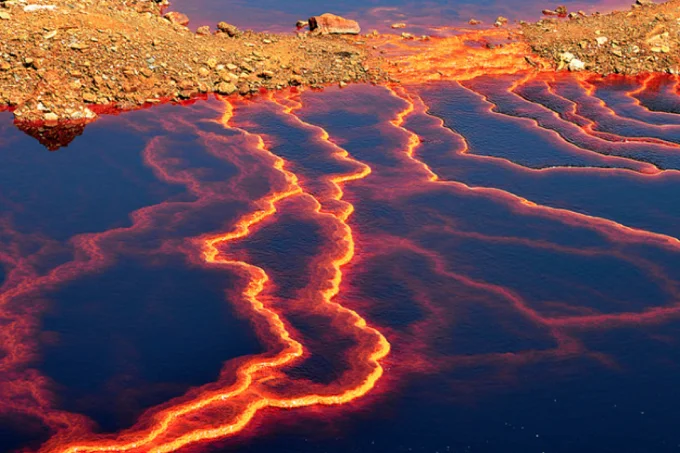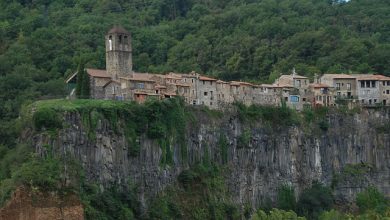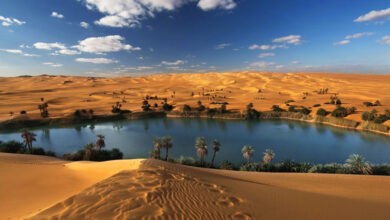Rio Tinto: half-dead river

In the southwest of Spain, in the Andalusian Sierra Morena mountains, the Rio Tinto River flows. It carries its waters to the south-southwest, flowing into the Gulf of Cadiz.
For many, many years, a variety of ore minerals have been developed along its shores. The surrounding mountains are rich in gold, silver, copper, and iron. It all began in ancient times and continued by different peoples
After the Moors, the deposits were abandoned for some time, but in 1556 they began to be developed again, and from 1724 the government took over their development.
For 5,000 years, all the deposits have been worked out; there are no more gold, copper, silver, or iron deposits. But the ecology suffered irreparable damage. Over the millennia, the Rio Tinto has become an absolutely “dead” river because the pH of its waters is from 1.5 to 2.

To make it more precise – the acidity of lemon juice and vinegar is lower than that of the water of this river. Only a few bacteria could survive in such conditions, for which such acidity was acceptable for survival and reproduction. The waters of the Rio Tinto River have a deep reddish color, in some places turning orange or turning into orange and other, no less bright colors and shades. This is mainly due to the high levels of iron and other metals found in the water.

Now astrophysicists are interested in the Rio Tinto River. It turned out that bacteria living in acidic water (aerobic extremophilic) feed on sulfides of iron compounds and perfectly adapt to such conditions. Such conditions are very similar to the extreme conditions of life on other planets.
For example, today, there is already evidence that there was water on Mars, which means there could be life. According to scientists, on the satellite of Jupiter – Europa, there is an ocean with strongly acidic water under the ice crust, which means that bacteria similar to those living in the Rio Tinto River can live there.




